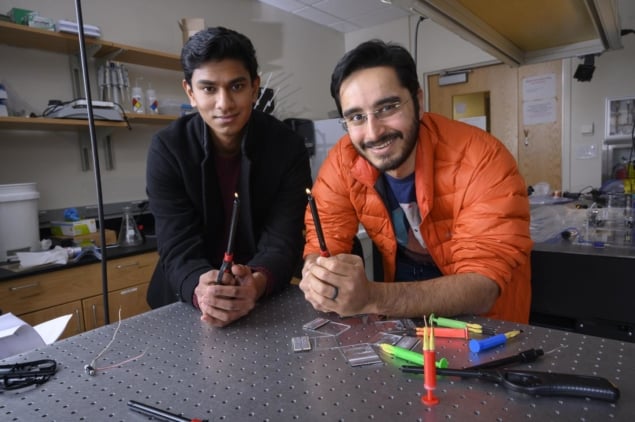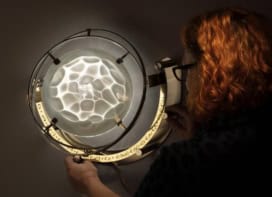
After more than 350 years of expanding human knowledge, has the scientific paper passed its sell-by-date? The answer is yes, according to James Somers in his article “The scientific paper is obsolete”, which appears in The Atlantic.
Somers points out that the format of a paper – text and equations illustrated with figures – has not really changed at all since the first journals appeared in 1665. But thanks to computers, science has changed and today concepts and results are much more dynamic and therefore difficult to represent on static pages – even if those pages are presented online.
A particular problem, according to Somers, is a lack of interactivity with readers. This makes sense to me because I find the best way to understand a difficult concept is to “play” with it – looking at it from different perspectives and scenarios. This can be difficult to do from a static description.
While scientific papers could benefit from a technology boost, sometimes low-tech solutions are the best. Georgia Tech’s Gaurav Byagathvalli and Saad Bhamla (pictured above) have come up with a way of converting a BBQ lighter into an electroporator – which applies a jolt of electricity to temporarily open the walls of living cells. The technique is used by biologists to introduce substances such as chemicals, drugs, or DNA into the cells.
While electroporators are readily available, they tend to be beyond the budgets of high schools and other educational institutes. Byagathvalli and Bhamla hope that their ElectroPen devices will allow electroporation to be taught to students around the globe.
Dried spaghetti has long perplexed physicists because of its tendency to break into three pieces when bent, rather than two pieces. Now, Nathaniel Goldberg and Oliver O’Reilly of the University of California, Berkeley have tackled another puzzle related to the stringy pasta.
When dried spaghetti softens while being cooked in boiling water, it tends to curl into a U-shape. To try to understand why, Goldberg and O’Reilly have proposed a “minimal model for the cooking-induced deformation of spaghetti and related food products”.



